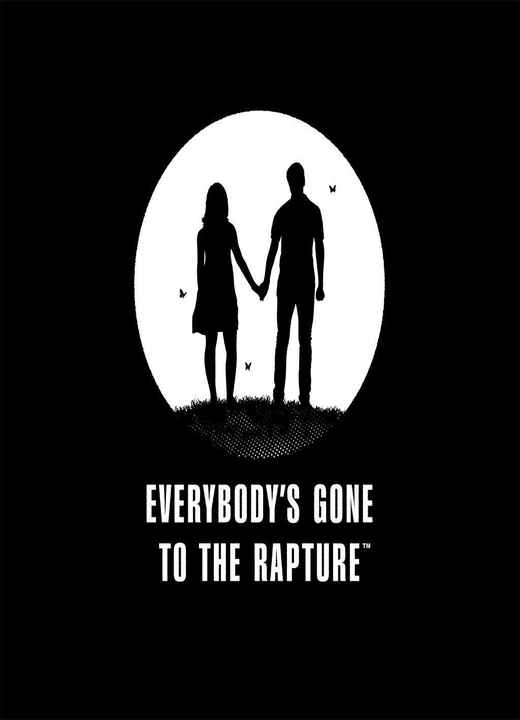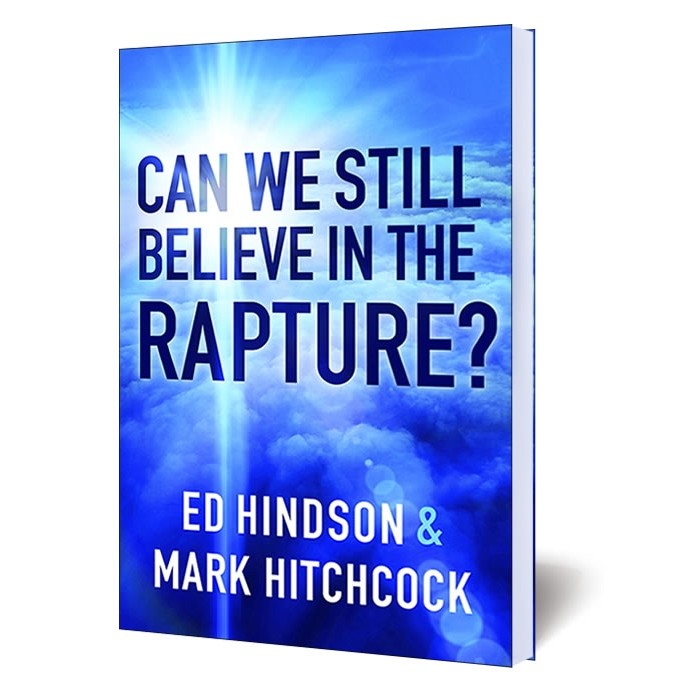

Whatever it is, everyone has their own theories. Strange noises emit from the radios and phones, something clearly trying to communicate, or attack, or get free. It's a brilliant story when you look at it from a creative standpoint. The story follows the six characters through their final moments throughout the town, weaving mysteries as the town slowly falls into anarchy and panic. The story is fantastic, well-written, and has plenty of twists added in to keep players happy. It follows six characters, moving throughout the village until you eventually return to the area you started at for the final character’s story. The game’s story is told through flashbacks which players can trigger by interacting with small bright yellow orbs of light that float in various areas. Something mysterious has happened in this tiny village, something that has caused every single person to vanish from sight. Quarantine posters are splattered across houses and doors, roadblocks are set up on the routes out of town. Built within CryEngine, the scenery of the village and surrounding countryside is stunning, and really helps to set the tone of the village as you make your way through hit.

Set within a small village in Shropshire, players must make their way around the large village and unravel what has caused all of the villagers to vanish. The emphasis on storytelling with only the barest semblance of interactive elements make Everybody’s Gone to the Rapture a game best suited for niche audiences interested in a very particular kind of storytelling. In all reality, it leans more heavily on the "interactive story" portion. Although you can interact with some doors and objects, you can’t really affect the story with your actions.

Everybody's Gone to the Rapture is the kind of interactive experience that has gained popularity in recent years, and led to discussion and disagreement about what constitutes a "game." It's a particularly apt example, because the interactivity is so superficial.


 0 kommentar(er)
0 kommentar(er)
